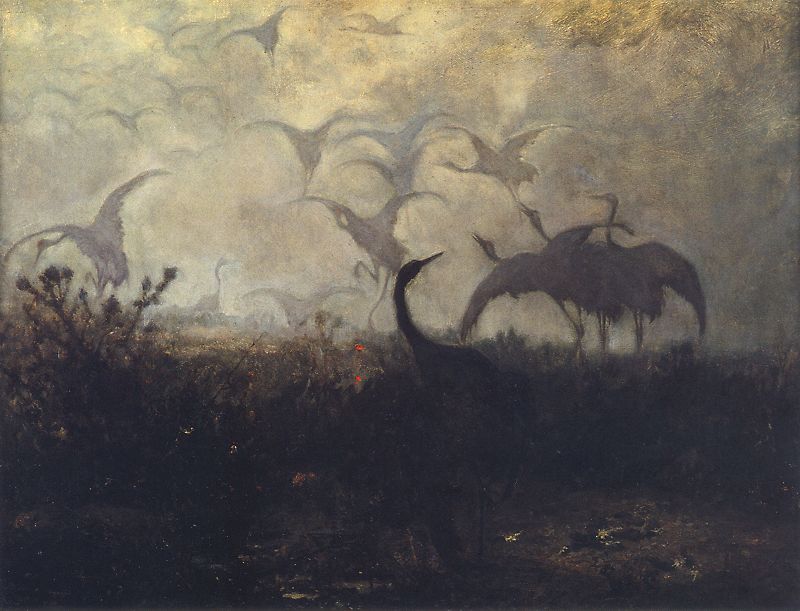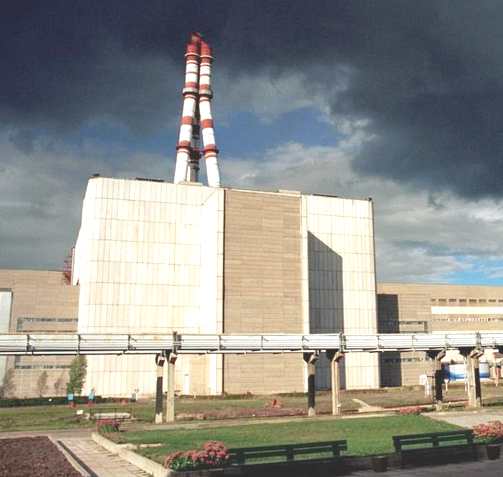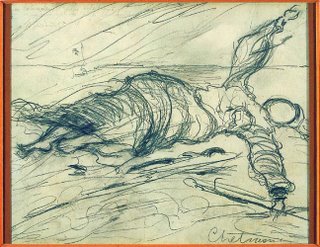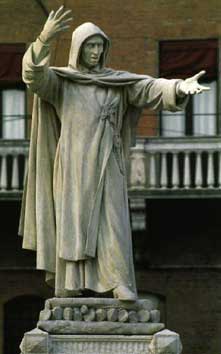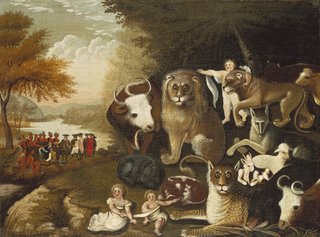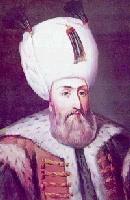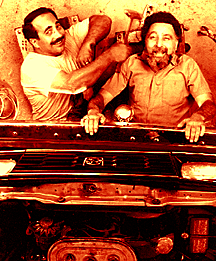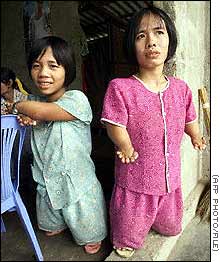"In 1973, when the U.S. became the first country to sign the World Heritage Convention, the idea was for global recognition to encourage protection of the world's great natural and cultural sites. UNESCO (United Nations Educational, Scientific, and Cultural Organization) would administer the program, and nations could apply to have a site inscribed on a World Heritage List, if the site was protected and of "outstanding universal value." Tourism traffic wasn't even part of the equation.
It is now. If you look at the destination as a whole—the site plus its neighboring region—tourism management can protect it, or degrade it, often more than any other factor.
World Heritage has been popular. It now totals 830 sites. To see how some of these places are doing, National Geographic Traveler and our National Geographic Center for Sustainable Destinations, with George Washington University, conducted our third Destination Scorecard survey. A panel of 419 experts in sustainable tourism and destination stewardship rated 94 World Heritage destinations.
A third of these places appeared in our first Scorecard, conducted late in 2003 and published in 2004. Most of their scores have moved only slightly, but a few showed dramatic changes. The Galápagos and the Belizean reef have plunged; St. Petersburg and Guanajuato have surged. In many places, tourist fees help maintain historic sites. But in others, like Angkor, tourism is spiralling out of control. And in the Galápagos, a tradition of deft, sensitive tourism that helped protect the islands for years is now in danger." ...
Jonathan B. Tourtellot "World Heritage Destinations Rated" National Geographic Traveler November/December 2006
http://www.nationalgeographic.com/traveler/
features/whsrated0611/whsrated.html
The List, by Score:87 Norway: "West Fjords"
81 France: Vézelay
81 Spain: Alhambra and medieval Granada
80 New Zealand: Te Wahipounamu
80 Mexico: Guanajuato
79 Spain: Historic Córdoba and mosque
78 United Kingdom: City of Bath
78 Portugal: Évora
77 Austria: Salzburg historic center
77 France: Versailles and environs
77 Canada: Historic district of Québec City
77 Italy: Siena
76 Belgium: Historic center of Bruges
76 Switzerland: Jungfrau-Aletsch-Bietschhorn region
76 France: Paris, banks of the Seine
75 France: Loire Valley
75 France: Historic center of Avignon
75 Italy: Assisi
75 Australia: Uluru (Ayers Rock) and environs
74 Japan: Ancient Kyoto
74 Germany: Upper Middle Rhine Valley
73 Norway: Bryggen, Bergen
73 Greece: Delphi and environs
73 Canada/USA: Waterton-Glacier parks
73 Poland: Krakow's historic center
72 Australia: Greater Blue Mountains Area
72 Italy: Costiera Amalfitana (Amalfi Coast)
71 Hungary: Budapest
71 Brazil: Pantanal
70 Italy: Portovenere, Cinque Terre, and islands
70 United Kingdom: Jurassic Coast of Dorset and East Devon
69 USA: Historic San Juan, Puerto Rico
69 Israel: Masada
69 Chile: Rapa Nui (Easter Island)
69 Mexico: Oaxaca and Monte Albán
68 Croatia: Dubrovnik and environs
68 Latvia: Historic center of Riga
67 South Africa: Cape Floral Region, with Table Mountain
67 India: Ellora and Ajanta Caves, and Aurangabad
67 Russia: Historic center of Saint Petersburg
66 China: Qin Emperor Mausoleum, Xi'an
66 Spain: Toledo
66 Argentina: Península Valdés
66 Sri Lanka: Polonnaruwa, Sigiriya, Dambulla and environs
65 Czech Republic: Historic center of Prague
65 Syria: Aleppo
65 Germany: Cologne (Köln) cathedral and city
65 Italy: Florence
65 Turkey: Göreme and the rock sites of Cappadocia
64 Zambia: Mosi-oa-Tunya/Victoria Falls (Zambian side only)
64 Australia: Great Barrier Reef
63 Morocco: Medina of Marrakech
63 Greece: Medieval city of Rhodes
63 USA: Pueblo de Taos and Taos, New Mexico
63 Croatia: Diocletian's Palace, Split, and surroundings
62 France: Mont-Saint-Michel and its bay
62 Uganda: Bwindi Impenetrable National Park
61 Tanzania: Serengeti National Park and environs
61 Honduras: Copán and environs
61 Argentina/Brazil: Iguazú and environs
61 Portugal: Sintra
61 Brazil: Historic center of Salvador (Pelourinho)
61 Tunisia: Site of Carthage
60 China: Suzhou town and gardens
60 Saint Lucia: the Pitons and environs
59 Tanzania: Kilimanjaro
59 Bosnia and Herzegovina: Old Bridge area of Mostar
59 Jordan: Petra and environs
58 Mexico: Sian Ka'an and environs
58 Indonesia: Borobudur and environs
58 Egypt: Thebes/Luxor
57 Cuba: Old Havana and fortifications
57 Tanzania: Stone Town, Zanzibar
56 India: Agra and sights—Taj Mahal, Agra Fort, Fatehpur Sikri
56 United Kingdom: Stonehenge and environs
55 China: The Great Wall
54 Peru: Cuzco (1983), Machu Picchu, and the Sacred (Vilcanota) Valley
54 Jerusalem: Old city and its walls
53 Mexico: Chichén-Itzá
53 Greece: Acropolis, Athens and environs
53 Egypt: Islamic Cairo district
52 Dominican Republic: Colonial quarter of Santo Domingo
52 Peru: Nasca lines and environs
52 China: Lijiang and Three Parallel Rivers of Yunnan
50 Egypt: Pyramids of Giza and environs
50 Vietnam: Ha Long Bay
48 Cambodia: Angkor and environs
48 Ethiopia: Rock-hewn churches, Lalibela
47 Belize: Barrier Reef
46 China/Tibet: Potala Palace, Lhasa, and environs
46 Italy: Venice and its lagoon
44 Ecuador: Galápagos Islands
41 Panama: Portobelo-San Lorenzo
39 Nepal: Kathmandu Valley
Renaissance Research's Short List of World Heritage Sites Missing In Action:Lviv, Ukraine
Kyiv, Ukraine,
Saint Sophia Cathedral and Kyiv-Pechersk LavraMir, Belarus
Nesvizh, Belarus, Radziwill Family Cultural Complex
Białowieża Forest , Belarus and Poland
Ukrainian Properties submitted on the Ukraine Tentative List:Historic Centre of Tchernigov, 9th -13th centuries (1989)
Cultural Landscape of Canyon in Kamenets-Podilsk (#) (1989)
Ruins of Ancient City of Khersoness, 4th B.C. - 12th century (1989)
Tarass Shevtchenko Tomb and State Historical and Natural Museum - Reserve (1989)
National Steppe Biosphere Reserve "Askaniya Nowa" (1989)
Dendrological Park "Sofijivka" (#) (2000)
Bagçesaray Palace of the Crimean Khans (2003)
Beech Primeval Forests of the Carpathians (2005)
Archaeological Site "Stone Tomb" (2006)
Belarus Properties submitted on the Tentative List:
Augustow Canal (2004)
Saviour Transfiguration Church and St. Sophia Cathedral in the town of Polatsk (2004)
Kamyanets Tower (2004)
SS. Boris and Gleb (Kalozha) Church in the city of Hrodna (2004)
St. Nicholas Monastery Complex in the city of Mahilyou (2004)
Brest Fortress (2004)
Palace and Park Ensemble in the city of Homel (2004)
Edifices for Worship of Fortress Type in Belarus, Poland and Lithuania (2004)
Architectural ensemble of Francysk Scaryna avenue in Minsk (1940's -1950's) (2004)
Worship wooden architecture (17th -18th centuries) in Polesye (2004)
Russian Federation Properties inscribed on the World Heritage List:
Cultural Architectural Ensemble of the Trinity Sergius Lavra in Sergiev Posad (1993)
Church of the Ascension, Kolomenskoye (1994)
Citadel, Ancient City and Fortress Buildings of Derbent (2003)
Cultural and Historic Ensemble of the Solovetsky Islands (1992)
Curonian Spit (2000)
Ensemble of the Ferrapontov Monastery (2000)
Ensemble of the Novodevichy Convent (2004)
Historic and Architectural Complex of the Kazan Kremlin (2000)
Historic Centre of Saint Petersburg and Related Groups of Monuments (1990)
Historic Monuments of Novgorod and Surroundings (1992)
Historical Centre of the City of Yaroslavl (2005)
Kizhi Pogost (1990)
Kremlin and Red Square, Moscow (1990)
Struve Geodetic Arc (2005)
White Monuments of Vladimir and Suzdal (1992)
Natural Central Sikhote-Alin (2001)
Golden Mountains of Altai (1998)
Lake Baikal (1996)
Natural System of Wrangel Island Reserve (2004)
Uvs Nuur Basin (2003)
Virgin Komi Forests (1995)
Volcanoes of Kamchatka (1996)
Western Caucasus (1999)
Russian Federation Properties submitted on the Russian Federation Tentative List:Historical and Cultural Jeyrakh-Assa Reservation (1996)
The architectural and historical complex "Shelter of count N.P. Cheremetev" (1996)
The Valamo archipelago (1996)
The National Park of Vodlozerof (1996)
The Bolgar historical-architectural complex (1998)
The ensemble of former city building of Sviyazhsk (1998)
Centre historique d'Irkoutsk (1998)
Cathedral of Christ the Saviour (1998)
Rostov Kremlin (1998)
Railway Bridge Over Yenissey River (2000)
Historic Center of the Yenisseisk (2000)
Church of Prince Dimitri "On Blood" (2001)
Great Pskov (2002)
Petroglyphs of Sikachi-Alyan (2003)
The Teberdinskiy Reserve (extension of the “The Western Caucasus”) (2004)
Daurian Steppes (Daursky State Biosphere Reserve) (2005)
The Commander Islands (Comandorsky State Nature Reserve) (2005)
Magadansky State Nature Reserve (2005)
The Putorana plateau (Putoransky State Nature Reserve) (2005)
Nature Park "Lena Pillars" (2006)
Source: http://whc.unesco.org
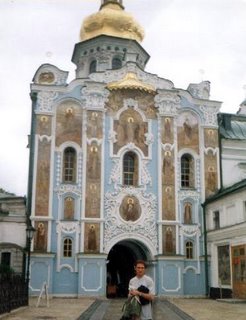
Kyiv, Ukraine. Holy Trinity Church of the Kyiv-Pechersk Lavra (1106). The site is part of Kyiv, Ukraine's extensive system of
UNESCO World Heritage Sites.
Photo credit: Astro of [Saint] Petersburg University, the Russian Federation. With many thanks.
http://www.astro.spbu.ru/staff/serg/interests/
history/cities/kyiv/kyivphotos.php?n=1
